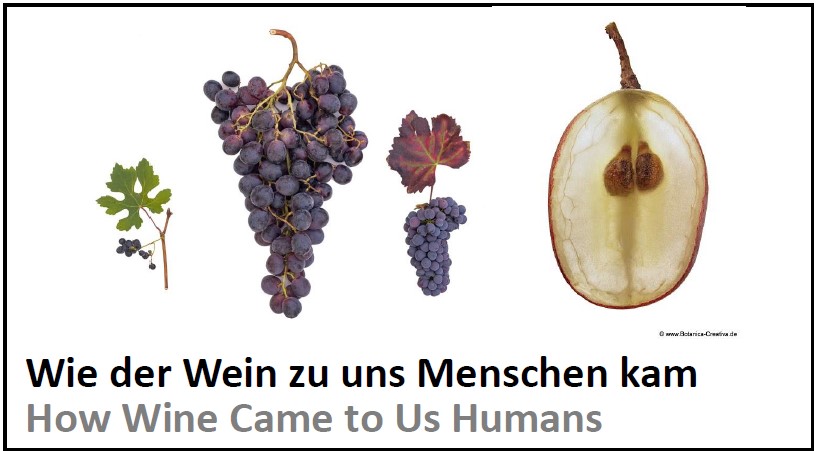2023_09: Origin of Grapevine
 |
Four years of hard work, almost 4000 genomes - the fruit of this effort has now been published in Science. The Wild Grapevine Collection of the KIT had an important role here. It could be shown that Grapevine was domesticated twice independently, once in the Caucasus to produce wine, a second time in the Near East to get table grapes. During its migration to the West, there were numerous love affairs with local wild grapevines, giving rise to the large diversity of grapevines. This project joined people from 16 countries, despite sometimes difficult political circumstances and allows a deep look into the complex history of this crop plant that not only founded civilisations, but was also one of the first globally traded goods, breaching the borders of geography, language, and religion. The treasure of knowledge generated in this project has not even been scratched - during the time, when grapevine, by an interplay between climatic disruptions and human migration, conquered many regions, it collected genes that help to cope with adverse conditions. These genes can help now to safeguard viticulture against the consequences of climate change - this is exactly, what we do now in our Interreg Upper Rhine project Kliwiresse. Seminar as part of the Saturday University Freiburg. Interview with the Washington Post Youtube on the impact of the project for the region
|
|
